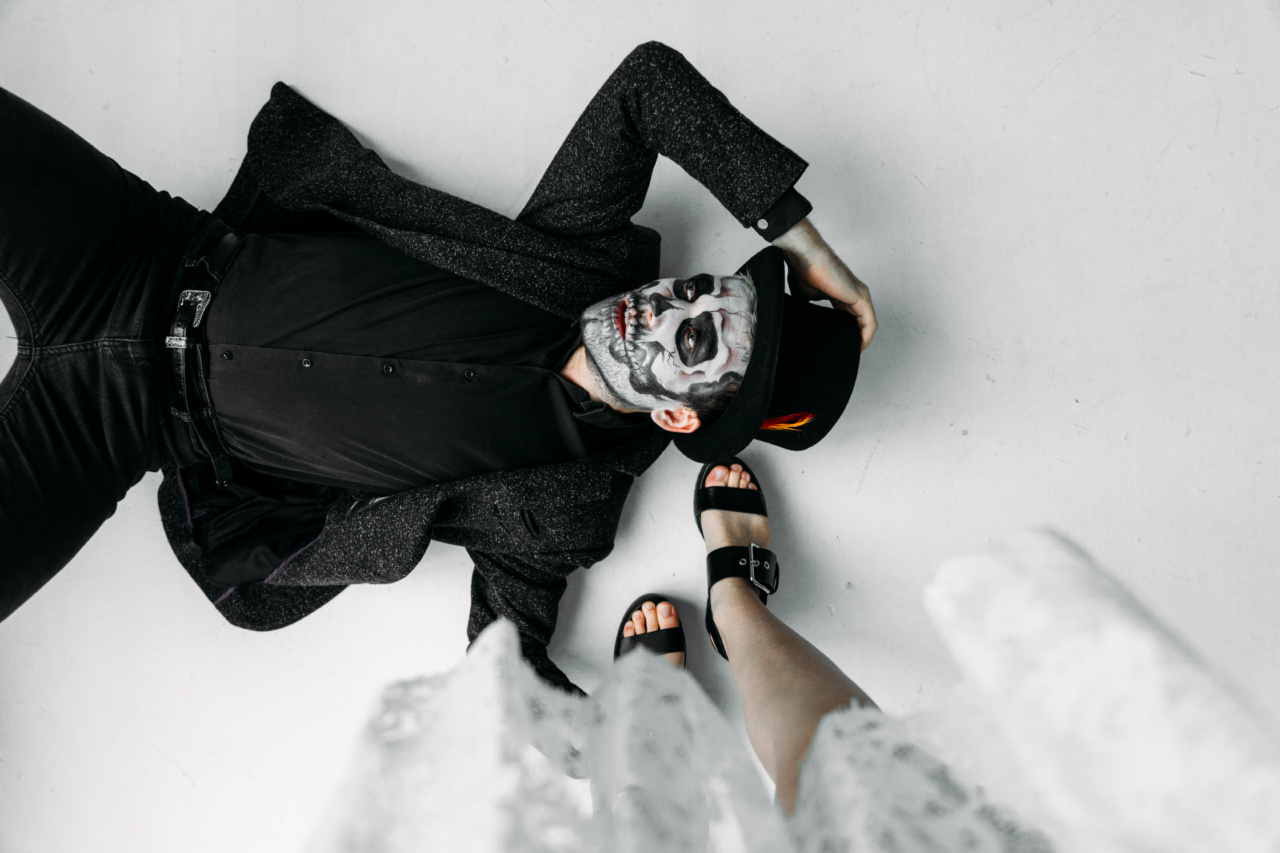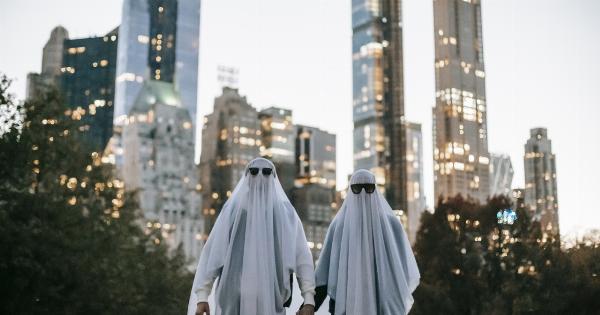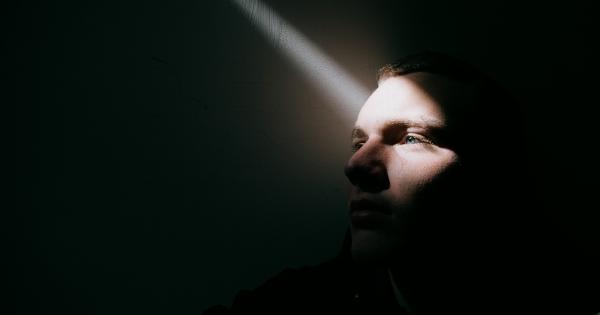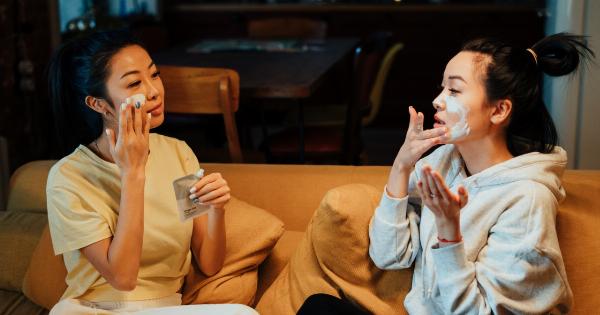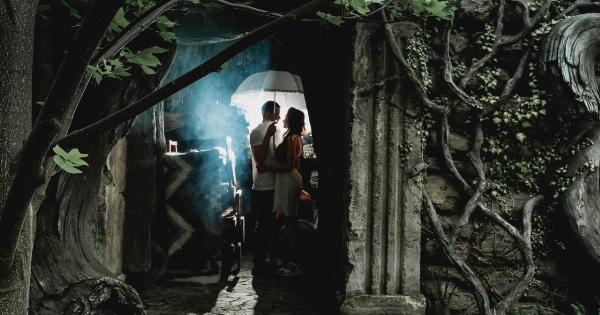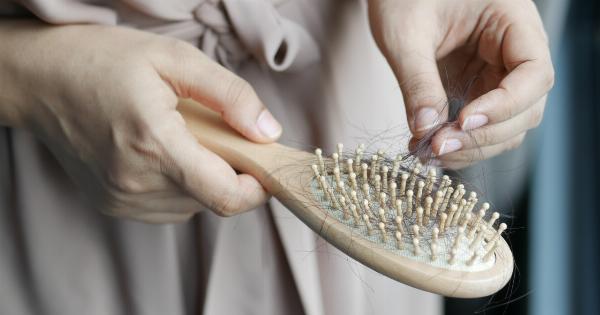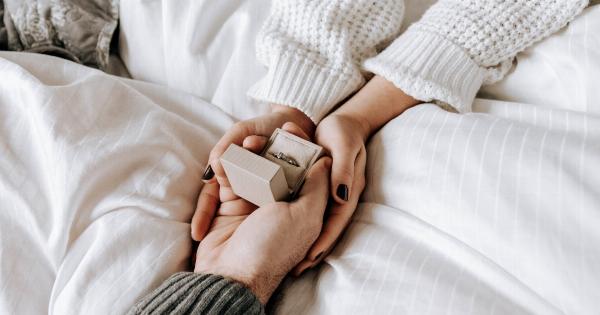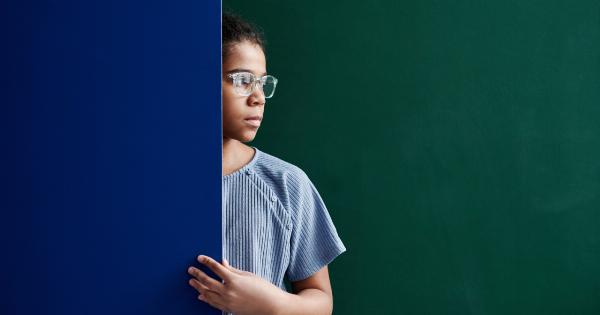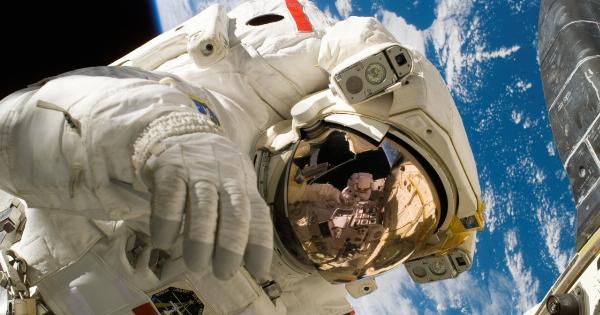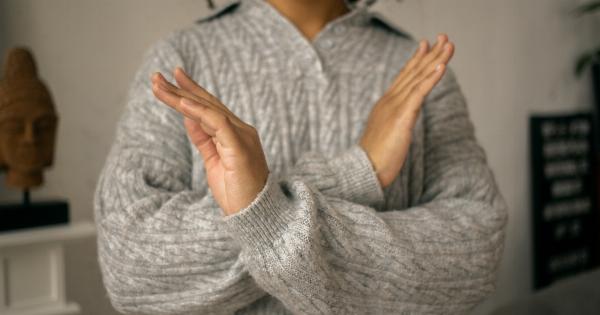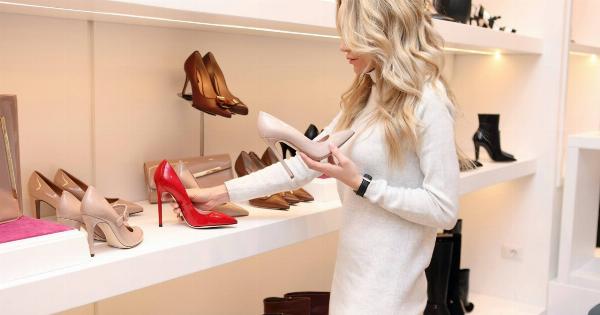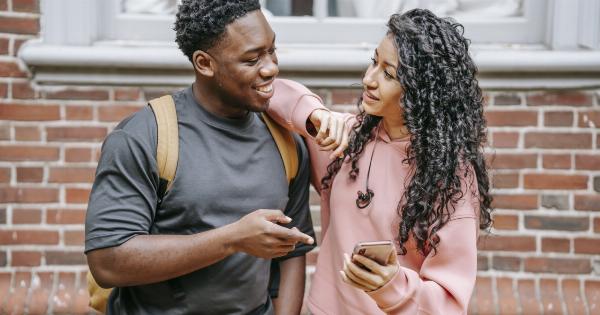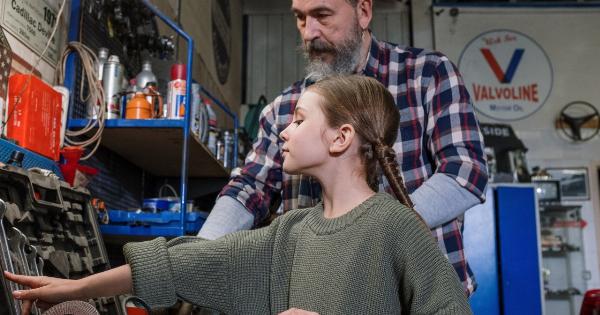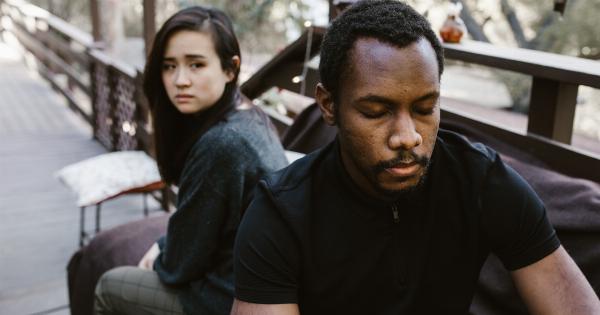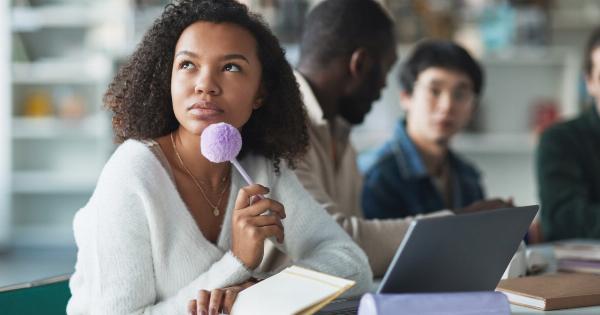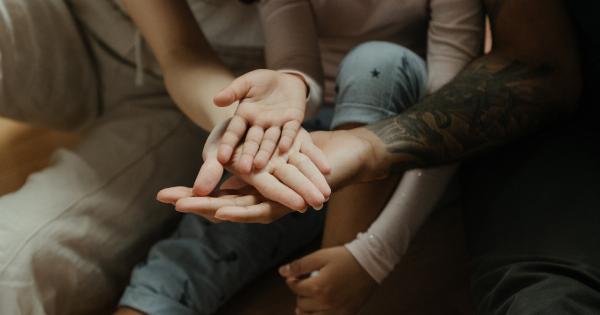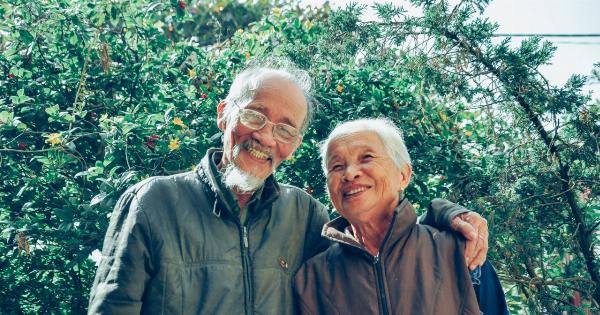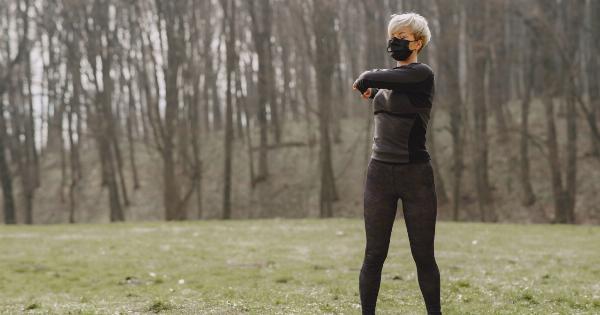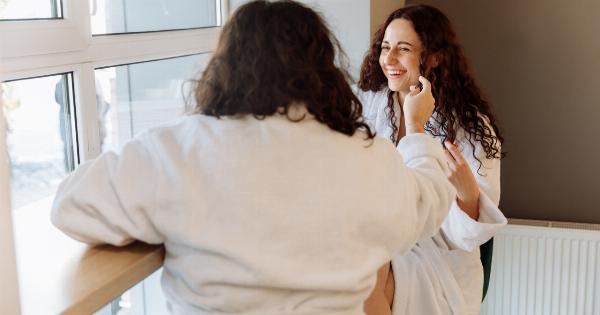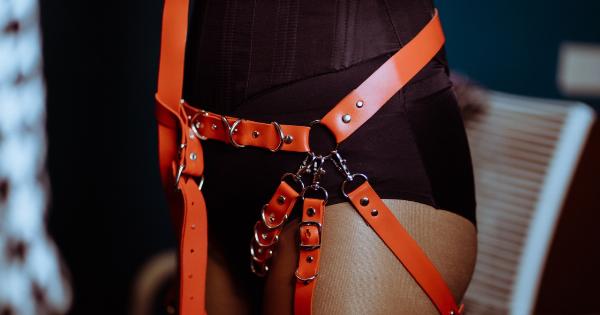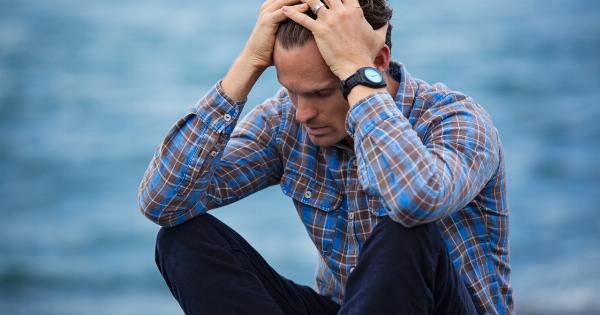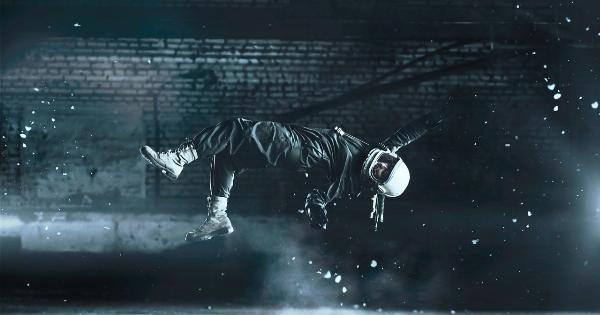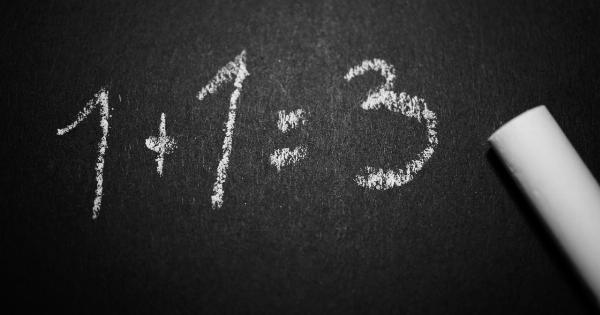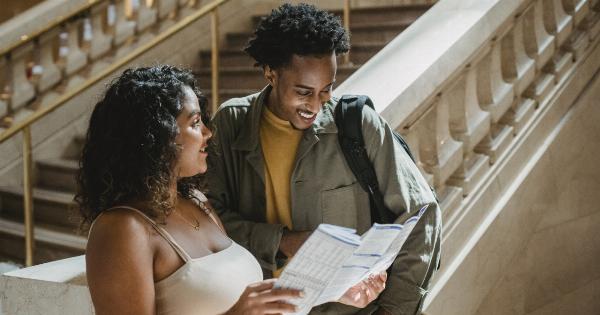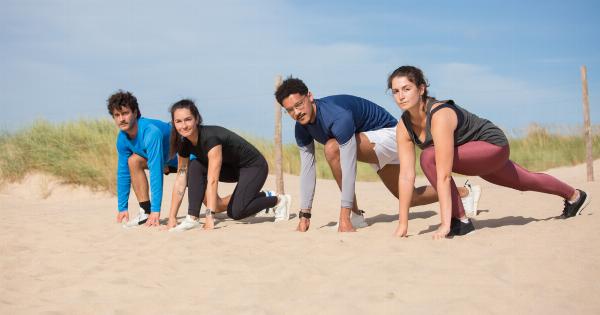Love is a mysterious force that brings people together in unimaginable ways. One of the most fascinating phenomena related to love is the uncanny resemblance that couples often develop over time.
It is not uncommon to come across couples who look so similar that they could be mistaken for siblings or even twins. This peculiar occurrence has puzzled scientists, psychologists, and ordinary people alike, leading to various theories and speculations.
Is It Just a Coincidence?
Some may argue that the resemblance between couples is merely a coincidence, an outcome of random chance. After all, there are billions of people in the world, and it is statistically likely that some couples will bear a resemblance to each other.
However, the frequency with which this phenomenon occurs suggests that there may be more at play than sheer luck.
The Psychology of Attraction
Psychologists propose that the resemblance between couples could be attributed to the psychology of attraction.
It is commonly believed that individuals are subconsciously drawn to features that resemble their own, as it reinforces their sense of identity and self-worth. Consequently, when two people with similar features come together, the attraction becomes even stronger, resulting in a deep emotional connection.
Additionally, studies have shown that people tend to perceive faces that resemble their own as more trustworthy and familiar.
When couples resemble each other, they may inspire a sense of comfort and familiarity in one another, fostering a stronger bond.
Shared Experiences
Another hypothesis suggests that the similarity between couples may be a result of shared experiences and the subsequent development of similar mannerisms, expressions, and lifestyles.
When two people spend a significant amount of time together, they inevitably influence one another. Over time, this mutual influence can lead to a physical resemblance as well.
Furthermore, couples often adopt similar habits, such as eating the same food, exercising together, and even dressing similarly. These shared lifestyle choices can contribute to the development of similar physical attributes.
Genetic Compatibility
Genetics may also play a role in the formation of couples’ resemblance. According to research, individuals are more likely to be attracted to partners who possess certain genetic traits that complement their own.
These traits can influence facial structure, body composition, and other physical characteristics.
When couples with compatible genetic traits come together, their children have a greater chance of inheriting these traits from both parents.
As a result, the couples themselves may exhibit similar physical features due to their underlying genetic similarities.
The Power of Observation
The unique connection between couples can also be attributed to the power of observation. People tend to imitate the behaviors and expressions of those around them, consciously or unconsciously.
When a couple spends ample time together, they accumulate countless opportunities to observe and mirror each other’s nonverbal cues, leading to a convergence in their physical appearance.
Moreover, couples often influence each other’s grooming choices, fashion preferences, and even postures, further contributing to their overall resemblance.
Unconscious Selection
Another theory suggests that couples naturally select partners who share physical attributes similar to their own, often without conscious awareness.
This type of unconscious selection may stem from an innate desire to create a sense of harmony and unity within the relationship.
By choosing a partner who resembles them, individuals unconsciously create a visual symmetry that reinforces their sense of cohesion as a couple.
Societal Pressure and the Influence of Media
It is undeniable that society and the media play a significant role in shaping our perceptions of attractiveness.
Cultural norms and beauty standards often dictate what is considered desirable, leading individuals to seek partners who conform to these ideals.
Societies and media outlets prioritize certain physical traits and promote them as desirable, significantly influencing the choices individuals make in selecting their partners.
These shared societal preferences can explain, at least in part, the resemblance observed in couples.
Cautionary Tales
While the resemblance between couples is often seen as endearing and an indication of a strong connection, it is essential to remember that physical similarity does not guarantee a successful relationship.
Focusing solely on physical appearance can lead to neglecting more critical aspects, such as emotional compatibility, shared values, and mutual respect.
It is crucial to prioritize these fundamental aspects of a relationship over external appearances to foster a lasting and healthy connection.
The Beauty of Individuality
Ultimately, the bizarre resemblance of couples remains a fascinating and relatively unexplored phenomenon. While science and psychology offer various explanations, the intricacies of love and attraction continue to elude a definitive answer.
Embracing the uniqueness of each individual and celebrating the diverse traits that bring couples together can deepen the beauty and complexity of relationships, transcending physical appearances.
